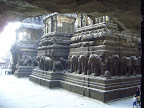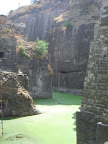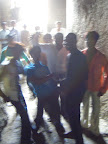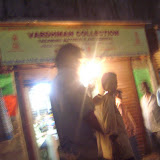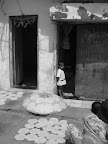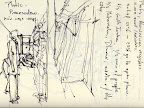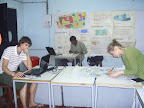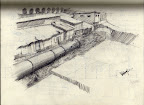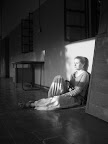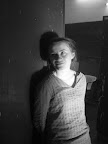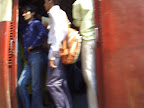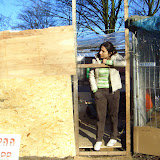Padre nuestro que estas en el cielo
Santificado sea tu nombre
Venga a nosotros tu reino.....
A prayer in Spanish, A song in Polish, a Christian Church inside a Muslim Neighborhood in India are probably the 30 minutes of the month that I will remember the most.
March 18
An invitation to a ceremony to put the name to child, In Muslim tradition when a child born they sacrifice a goat. Amina spent the entire day preparing the food and in the night we had the only home made food that we had during the time we were there. The same goat we saw alive in the morning. (I am taking Ari’s photos to publish).


Marzo 19
We went to visit all the mosques in Muslim Negar. We also visit some altars that are located in the courtyards. What called our attention was that those altars were devoted no to one single religion but to different religions and people said that Wveryone who wants to pray can do it there.

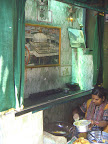

March 20
An action with the people and an intervention in the space: Who want to draw, we wanted to draw with everyone, although in five minutes we were surrounded by around 100 children, so they were the ones who draw for us. Crayons and papers, and a question is the only thing we needed to create a big congestion inside the Negar. With the results of the drawings we made the intervention, creating a path from the main avenues to inside the Negar. People collaborate with us a lot and even if the results were not what we expected we indeed learned a lot from that action.

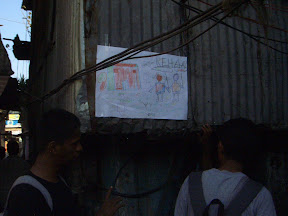
March 21
It was almost the last day: presentation in the morning, last visit to Muslim Negar to say goodbye, dinner in the night, Happy holy with our Indian Friends and to see the fire. For me a no picture day, just to live it as it was.
March 22 and 23 Saturday, last day last time to go to buy things and souvenirs, dinner for one euro, too much food and the flight was cancelled. It was snowing in Netherlands when we arrive.



